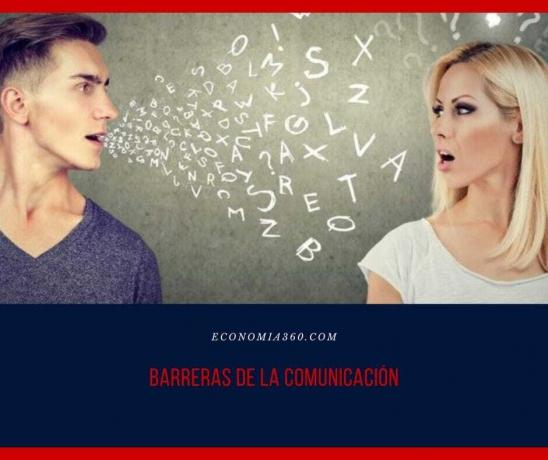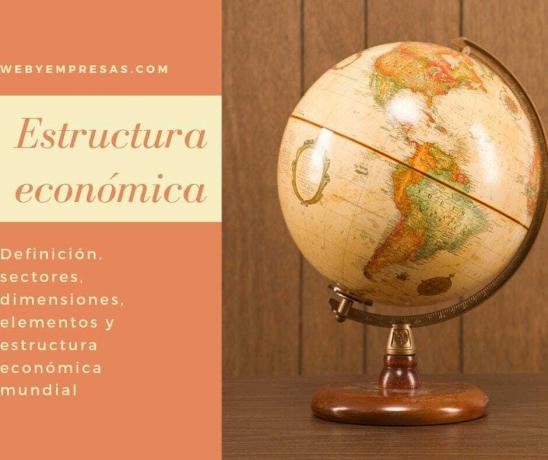The communication barriers They are defined as those obstacles that may arise in the communication process, which hinder its correct completion or the deformation of the original message.
As communication is a process of transmission of ideas and concepts that involves a sender, a receiver and a physical channel through which the message is transmitted, in Sometimes, this process can be affected or influenced by barriers that do not allow the message to be interpreted correctly by the recipient to whom it is going. managed.
Advertisements

Advertisements
Communication barriers are one of the reasons that make the communication process fail, as they are all those alterations that try to prevent, modify or abruptly distort the messages that are intended to transmit.
In this article you will find:
Types of barriers in communication
Communication is a process through which information and common understanding that is given from one person to another is transmitted. If the sent message is not arriving complete, is received distorted or simply does not arrive, it is said that there is a barrier in communication.
Advertisements
Among the factors or barriers that make good communication difficult are the following:
- Physical: Interferences that occur in the communication environment and can be avoided (ambient noise, walls, glass, curtains) that distort or prevent the understanding of the message.
- Psychological: referring to the emotionality or personality of the sender and receiver that predisposes them in some way to a specific communication (nervous, scared, distracted).
- Semantics: They have their origin in the limitations of the language or signs used in the communication process (ambiguous messages, excessive information).
- Physiological: physiological deficiencies or defects that partially or totally affect any sense (deafness, aphonia, blindness).
- Bow of distortion: difference between what is expressed in a conscious or verbal way and what is transmitted unconsciously in a non-verbal way, which creates confusion in the receiver.
Strategies to avoid communication barriers
As you already know, communication is a process that takes place in a given period of time, so it is necessary keep several elements in mind to avoid barriers that may interfere and thus achieve communication effectively. Here are some useful strategies to avoid barriers in the communication process.
Advertisements
- Make sure to communicate clear messages and in a language that is understandable to the recipient. Avoid expressions that can obstruct communication.
- Pay maximum attention because communication, which is an active process, requires the attention of all those involved.
- Control the emotions that may affect communication and therefore send a different message than the one we want to send.
- Use feedback to ensure that the message was understood correctly.
- Maintain congruence between verbal and non-verbal language and make sure the codes are common. Assume the differences and verify that the receiver handles the same codes and the same meanings.
- Plan the communicative moment to avoid noise and interference in order to guarantee that the message is received correctly.
Characteristics of an Effective Communication
In order to avoid barriers or interference during the communication process it is necessary that it be effective. Skills management failures can lead to misunderstandings or misleading information for recipients. Therefore, effective communication must have the following characteristics:
Advertisements
- Clarity of the message: It is better to use short and simple sentences, as well as an active voice over a passive one. If several messages have to be transmitted then it is convenient to separate them.
- Be concrete: the message has to be well founded, with certain bases. A tangible argument is much easier to understand.
- Focus and attention: It is essential to focus well on the information while sending or receiving it because if you lose the focus of the information you can also lose the main parts of the message.
- Be concise: time is an essential parameter in communication. The normal attention span of a person is only a few minutes. If you present the message too long, the important thing or the key may be lost.
- Coherence: it is important to present the information with the logical relationship that should exist between the parts or elements of the message. Taking care that there is no contradiction or opposition between them.
- Emotional awareness: is perhaps the most important aspect of effective communication. Emotions serve as a guide for all situations and the important thing is to stay emotionally stable.
- Listen to understandCommunication does not only mean presenting or generating information, it also means receiving it. A good listener is also aware of non-verbal communication, as it is the only way to correctly interpret the message.
- Be politeThe presenter must be honest, respectful, considerate, and kind to the recipient.
Finally, it is important that you remember that a barrier is an obstacle that occurs during the communication process. However, this barrier is not an impediment to communicate as it can be controlled, but sometimes we cause it ourselves by not planning and controlling these possible interferences.


